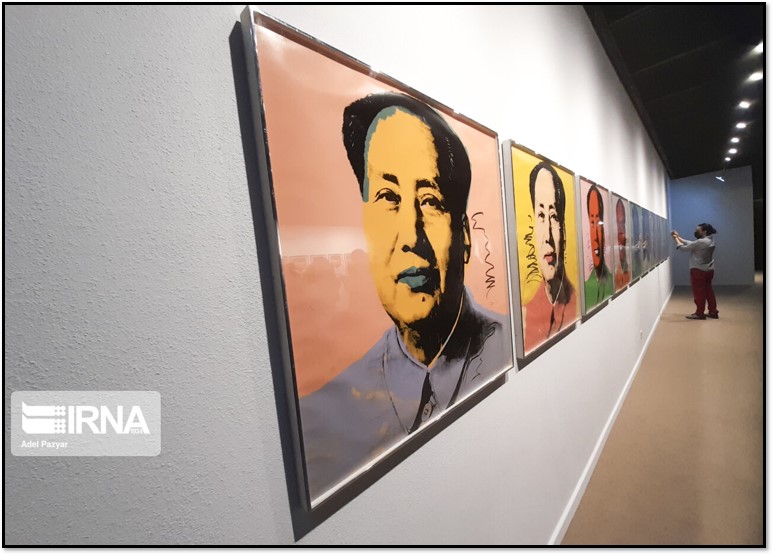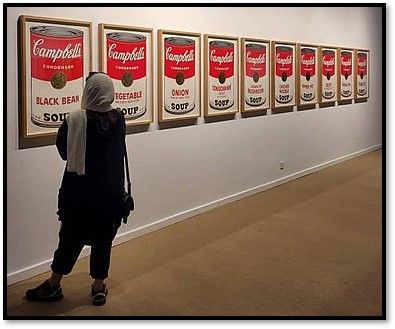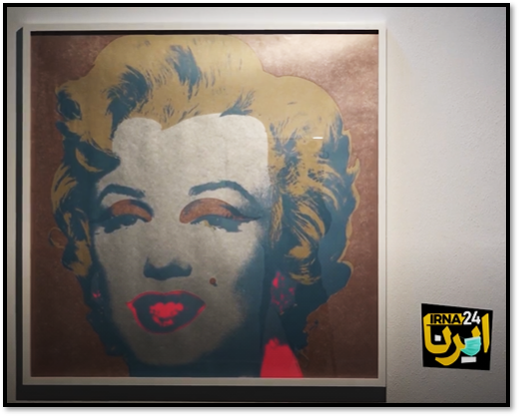
Between June and October 2021, Tehran’s Museum of Contemporary Art held an exhibit of the work of Andy Warhol, an American known as the “king of Pop art” in the mid-20th century. The “Persona” show featured 18 pieces, including colorful depictions of Marilyn Monroe, Mick Jagger, Jacqueline Kennedy and Campbell’s soup cans. The pieces were part of a larger collection of modern and Impressionist artists—including Salvador Dalí, Claude Monet, Pablo Picasso, Jackson Pollock, Mark Rothko, and Vincent Van Gogh—acquired during the monarchy. For years after the 1979 revolution, the collection was barred from display and stored in the museum’s basement. The pieces were deemed un-Islamic, especially if they included nudity.
Over the years, the Islamic Republic gradually relaxed its censorship of art, music and theater, especially during the presidency of reformist Mohammad Khatami (1997-2005). In 2005, the museum curated and displayed many pieces for the first time since the revolution. One painting – Francis Bacon’s “Two Figures Lying on a Bed with Attendants” (1968) – was eventually taken down because it appeared to depict homosexuality. All art on display in Iran is subject to review by the Ministry of Culture and Islamic Guidance.

In 2012, more than 100 pieces of the 150 pieces in Iran’s modern art collection were displayed, some for the first time, as part of the museum’s Pop Art & Op Art exhibit, which included paintings by Warhol. Other works, such as Renoir’s “Gabrielle With Open Blouse” (1907), have never been put back on display. The entire collection is reportedly worth $3 billion.
Much of the art was acquired during the oil boom of the 1970s by Empress Farah Diba Pahlavi, who supervised the purchase of modern Western artwork. Warhol visited Iran in 1976 to paint a portrait of the empress. In 1977, she inaugurated the Tehran Museum of Contemporary Art. Guests from abroad, including Nelson Rockefeller attended. “The storehouse of the Tehran Museum of Contemporary Art is the West’s largest modernistic treasure trove in the East,” the exhibit’s curator told the Iranian media in 2021.

In 2019, before the pandemic hit, the country’s 746 museums had attracted 21 million visitors annually. But the museums were shuttered in May 2020 due to the pandemic’s health protocols. Some started reopening in mid-2021. “We are absolutely delighted, and we think the people are too because they were fed up with staying home, and visiting museums improves their mood,” the director of Iran's museums, Mohammad-Reza Kargar, told Agence France-Presse in September 2021. The Contemporary Art Museum still had to limit the number allowed to view the exhibit, however. It announced plans to display more pieces by Warhol and other Western artists in future exhibits.
